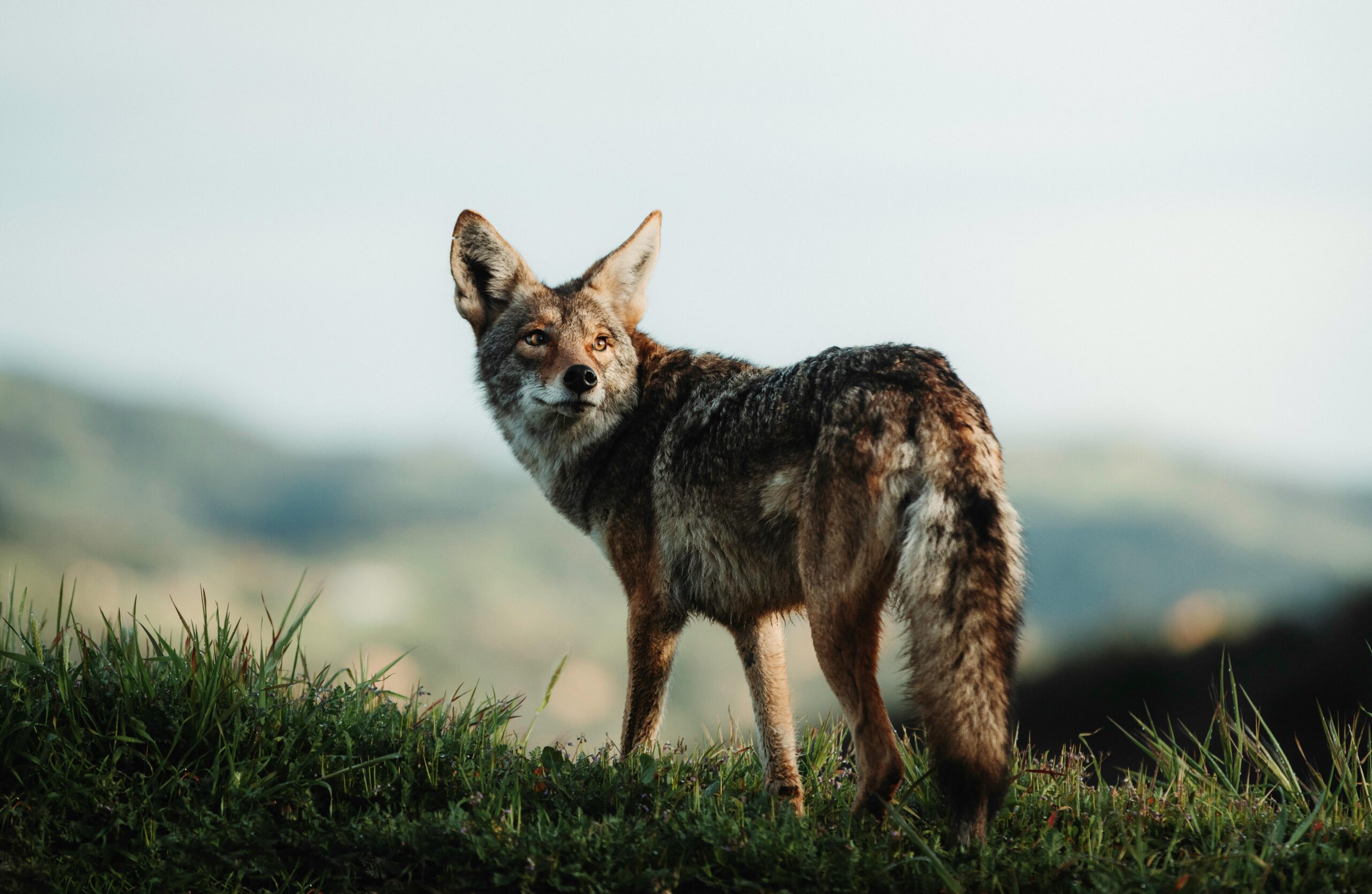Introduction:
Welcome to the ultimate guide to jackals, where we delve deep into the mysterious world of these fascinating creatures. From their unique behaviors to their ecological significance, we will uncover everything you need to know about jackals.

1. Introduction to Jackals
In this section, we’ll provide a brief overview of what jackals are, including their classification, habitat, and evolutionary history.
1.1 Taxonomy of Jackals
Learn about the taxonomy of jackals, including their scientific classification and relation to other canines.
1.2 Evolutionary History
Explore the evolutionary journey of jackals, tracing back their origins to ancestral canids.
1.3 Habitat and Distribution
Discover the diverse habitats where jackals thrive, from savannas to deserts, and understand their global distribution.
2. Physical Characteristics
Delve into the physical features of jackals, exploring their size, coat color, and distinctive markings.
2.1 Size and Weight
Learn about the varying sizes and weights of different jackal species, from the diminutive side-striped jackal to the robust golden jackal.
2.2 Coat Color and Markings
Explore the range of coat colors and unique markings that distinguish each jackal species.
2.3 Adaptations for Survival
Understand the adaptive traits that enable jackals to thrive in diverse environments, from their keen senses to their efficient hunting strategies.
3. Behavior and Social Structure
Uncover the intricate social dynamics and behavioral patterns of jackals, including their communication methods and hierarchy within packs.
3.1 Pack Structure
Explore how jackal packs are organized, including the roles of alpha and subordinate members.
3.2 Communication
Learn about the various vocalizations and body language used by jackals to communicate with each other.
3.3 Hunting and Feeding
Discover the hunting techniques employed by jackals, from cooperative hunting strategies to scavenging for food.

4. Diet and Feeding Habits
Explore the dietary preferences of jackals and their role as both predators and scavengers in their ecosystems.
4.1 Primary Prey
Learn about the main prey species targeted by jackals, ranging from small rodents to larger ungulates.
4.2 Scavenging Behavior
Understand how jackals opportunistically scavenge for food, often capitalizing on the kills of larger predators.
4.3 Impact on Ecosystem
Explore the ecological significance of jackals as apex predators and scavengers, regulating prey populations and maintaining ecosystem balance.
5. Reproduction and Life Cycle
Delve into the reproductive behavior and life cycle of jackals, from mating rituals to parental care.
5.1 Mating Behavior
Learn about the courtship rituals and mating behaviors exhibited by jackals during the breeding season.
5.2 Gestation and Birth
Explore the gestation period of jackals and the process of giving birth to and raising pups.
5.3 Parental Care
Understand the role of both parents in caring for and nurturing jackal pups until they are independent.
6. Predators and Threats
Examine the natural predators of jackals and the various threats they face in their habitats.
6.1 Natural Predators
Identify the primary predators that pose a threat to jackals, including larger carnivores and birds of prey.
6.2 Human Impact
Explore the anthropogenic threats faced by jackals, such as habitat loss, persecution, and conflicts with livestock owners.
6.3 Conservation Status
Discuss the conservation status of jackal species and the efforts being made to protect and conserve their populations.

7. Myths and Misconceptions
Address common myths and misconceptions surrounding jackals, debunking falsehoods and highlighting the truth about these misunderstood animals.
7.1 Cultural Significance
Explore the cultural significance of jackals in various societies and mythologies around the world.
7.2 Superstitious Beliefs
Examine the superstitions and folklore surrounding jackals and their impact on human perceptions of these animals.
7.3 Educational Outreach
Highlight the importance of education and awareness in dispelling myths and fostering coexistence with jackals in human-dominated landscapes.
8. Human-Jackal Conflict
Investigate the causes of conflict between humans and jackals and explore potential mitigation strategies for peaceful coexistence.
8.1 Livestock Depredation
Examine the role of jackals in livestock predation and the economic impacts on farmers and pastoral communities.
8.2 Urban Encroachment
Discuss the challenges posed by urbanization and habitat fragmentation on jackal populations and their adaptation to human-dominated landscapes.
8.3 Conflict Resolution
Explore proactive measures for mitigating human-jackal conflicts, including community-based approaches and non-lethal deterrents.
9. Jackals in Popular Culture
Discover the portrayal of jackals in literature, art, and media, from ancient mythology to contemporary depictions.
9.1 Literary References
Explore notable literary works featuring jackals as characters or symbols, analyzing their cultural significance.
9.2 Artistic Depictions
Examine artistic representations of jackals in visual arts, including paintings, sculptures, and traditional crafts.
9.3 Media Representations
Discuss the portrayal of jackals in popular media, including films, television shows, and documentaries, and its impact on public perception.

10. Future Perspectives
Envision the future of jackals in a rapidly changing world, considering the challenges and opportunities for their conservation and coexistence with humans.
10.1 Climate Change
Assess the potential impacts of climate change on jackal habitats and populations, and strategies for adaptation and mitigation.
10.2 Conservation Efforts
Highlight ongoing conservation initiatives aimed at protecting jackal populations and their habitats, and opportunities for community involvement.
10.3 Educational Campaigns
Advocate for increased public awareness and education about jackals and their ecological importance, fostering empathy and support for their conservation.




